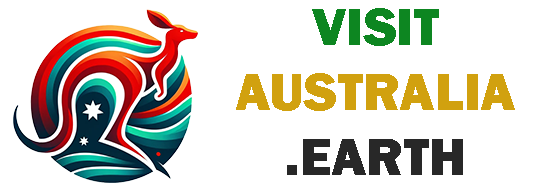Set on the western fringe of the Eyre Peninsula in South Australia, Coffin Bay National Park is situated approximately 687 kilometers west of Adelaide, the capital city of South Australia. It covers an expansive area on the western side of the Eyre Peninsula, including the Coffin Bay Peninsula and several offshore islands.
Coffin Bay National Park was officially declared on January 16, 1988. The park’s name comes from Sir Isaac Coffin, a British naval officer, who was acknowledged by explorer Matthew Flinders during his voyage in 1802. Since its establishment, the park has been a vital area for conservation, focusing on preserving the region’s unique coastal habitats and abundant wildlife.
Native Title Granted
The Coffin Bay region has significant cultural value for the Nauo people, also spelt Nawu and Nhawu, the Aboriginal Australian people of the south-western Eyre Peninsula in South Australia, traditional custodians of the land. In May 2023, after waiting for 25 years, the Nauo people have been granted native title over nearly eight thousand square kilometers of land on South Australia’s Eyre Peninsula by the The Federal Court of Australia which formally handed over the native title determination to the Aboriginal nation at a unique hearing on Country. The determined area, spanning 7,951 square kilometers, encompasses towns and parks including Palkagee, Mount Joy, Coolillie, and others, extending to Coffin Bay and Lincoln National Park. (source National Indigenous Times).

Sand-Sculpted Sand Dunes and Diverse Ecosystems of Coffin Bay National Park
The park’s natural features, such as its wind-sculpted sand dunes and rugged cliffs, are among its major highlights. The coastline presents a remarkable contrast between the serene beaches and the wild ocean, with viewpoints offering panoramas of the striking landscapes. Visitors also have the opportunity to explore a series of bays and inlets that carve their way into the peninsula, each with their unique charms.
Coffin Bay National Park is recognized for its diverse ecosystems, hosting a range of habitats from saline swamps and mangrove forests to coastal dunes and limestone cliffs. This ecological diversity supports an array of wildlife, with the park serving as a sanctuary for both terrestrial and marine species. It also houses several rare and endangered species, contributing significantly to regional biodiversity.
Flora and Fauna of the Park
The park’s flora is dominated by mallee scrub, sheoak woodlands, and coastal heath, providing a habitat for a wide range of fauna. Mammal species include western grey kangaroos, wombats, and echidnas, while the area is also home to a large population of emus. Bird watchers will find the park of particular interest, with more than 150 species of birds recorded here, including ospreys, sea eagles, and various types of waterbirds.
Under the clear waters of Coffin Bay, a diverse marine ecosystem thrives. Visitors can spot Australian sea lions, bottlenose dolphins, and a variety of fish species. Moreover, the area is famous for its oysters, contributing to the region’s reputation as a seafood haven.
Coffin Bay Species courtesy INaturalist community

Activities Available for Visitors

There is an assortment of activities available for visitors to enjoy at Coffin Bay National Park. For the keen angler, the park offers ample fishing opportunities. Kayaking and boating allow visitors to explore the serene waters and isolated bays. Those interested in wildlife can engage in bird watching or look for the resident sea lions and dolphins.
For the more physically active, the park offers several walking trails. The Yangie Bay walking trails, for instance, offer multiple tracks ranging from easy strolls to more challenging hikes. On the other hand, beach lovers can enjoy a dip in the ocean or even surf in the larger swells.
Photography enthusiasts will find no shortage of inspiration, with the park’s stunning landscapes, vibrant sunsets, and rich wildlife offering ample opportunities for the perfect shot.
For more detailed information, visit the official South Australian National Parks website. There is camping available.



